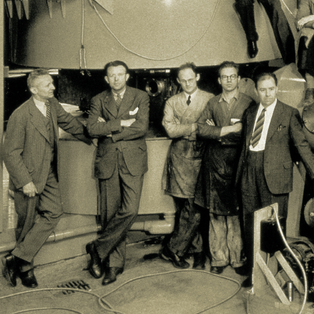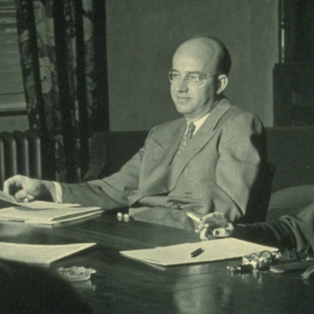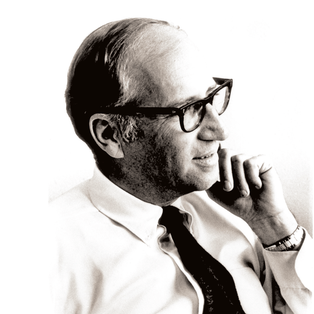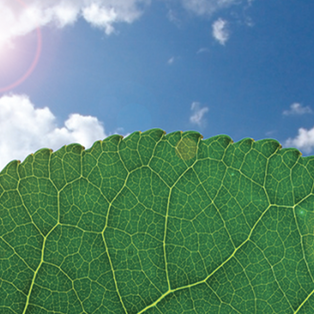The Sky is Not the Limit
The idea of building a university on the frontier captured the imagination of many Californians, and a variety of new, and sometimes eccentric, sponsors stepped forward to offer their support. One was James Lick, a Pennsylvania cabinetmaker, who made a fortune in San Francisco real estate. After first planning to construct a pyramid for himself in downtown San Francisco, Lick was persuaded that an observatory would be a more suitable memorial.
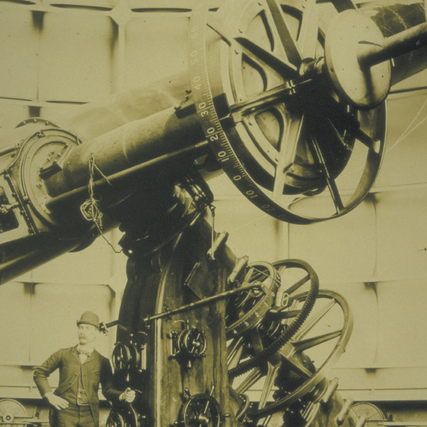
In 1875, Lick made a gift to the university to fund the world’s first permanently occupied mountaintop observatory with the world’s largest telescope. A few years later in 1881, Darius Ogden Mills, the founding president of the Bank of California, donated $75,000 to create a chair in intellectual and moral philosophy and civil polity. Criticized by some as an impractical gift to a fledgling land-grant university, the Mills Chair helped the university develop into an international center of learning. Eminent philosopher George Holmes Howison, the first chairholder, created the Philosophical Union, which brought the best-known philosophers of England and America to Berkeley to speak. Pleased with the development of the Department of Philosophy, Mills later contributed $50,000 more. He also left a large bequest to the Lick Observatory.
Dr. Charles M. Hitchcock, a military man and physician, established a fund for a series of “free lectures upon scientific and practical subjects” that has continued for nearly a century. His daughter, Lillie Hitchcock Coit, later added to this gift with a bequest that established the Charles M. and Martha Hitchcock Chair in memory of her parents.
In the university’s first 50 years, private support accounted for about half of its funding. Early gifts ran the gamut from the great to the small, the grand to the incidental: a skull, two snakes, a framed watercolor drawing of a hydraulic engine, and money from “several ladies in Oakland” to purchase a presidential gown and chair.
